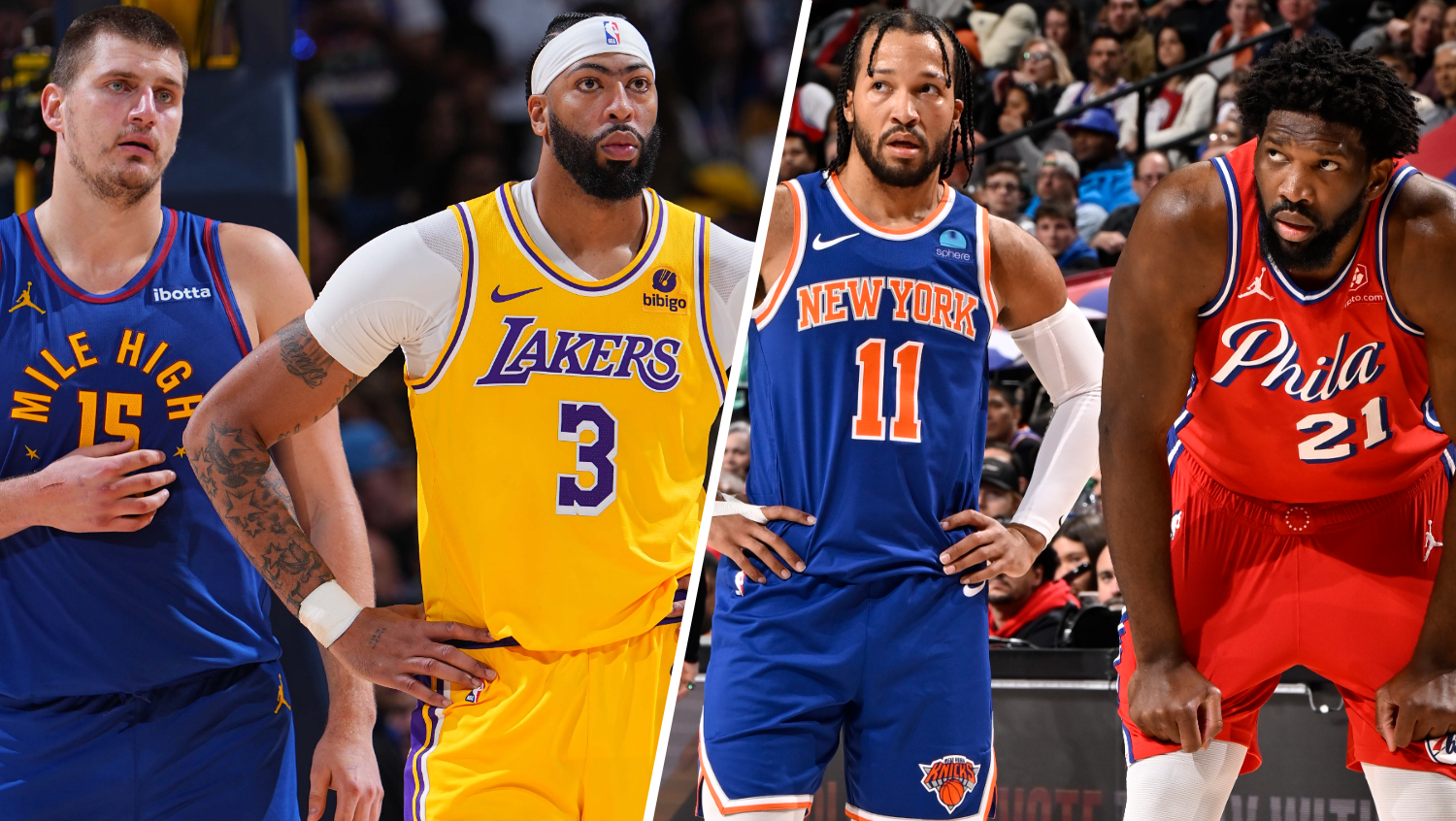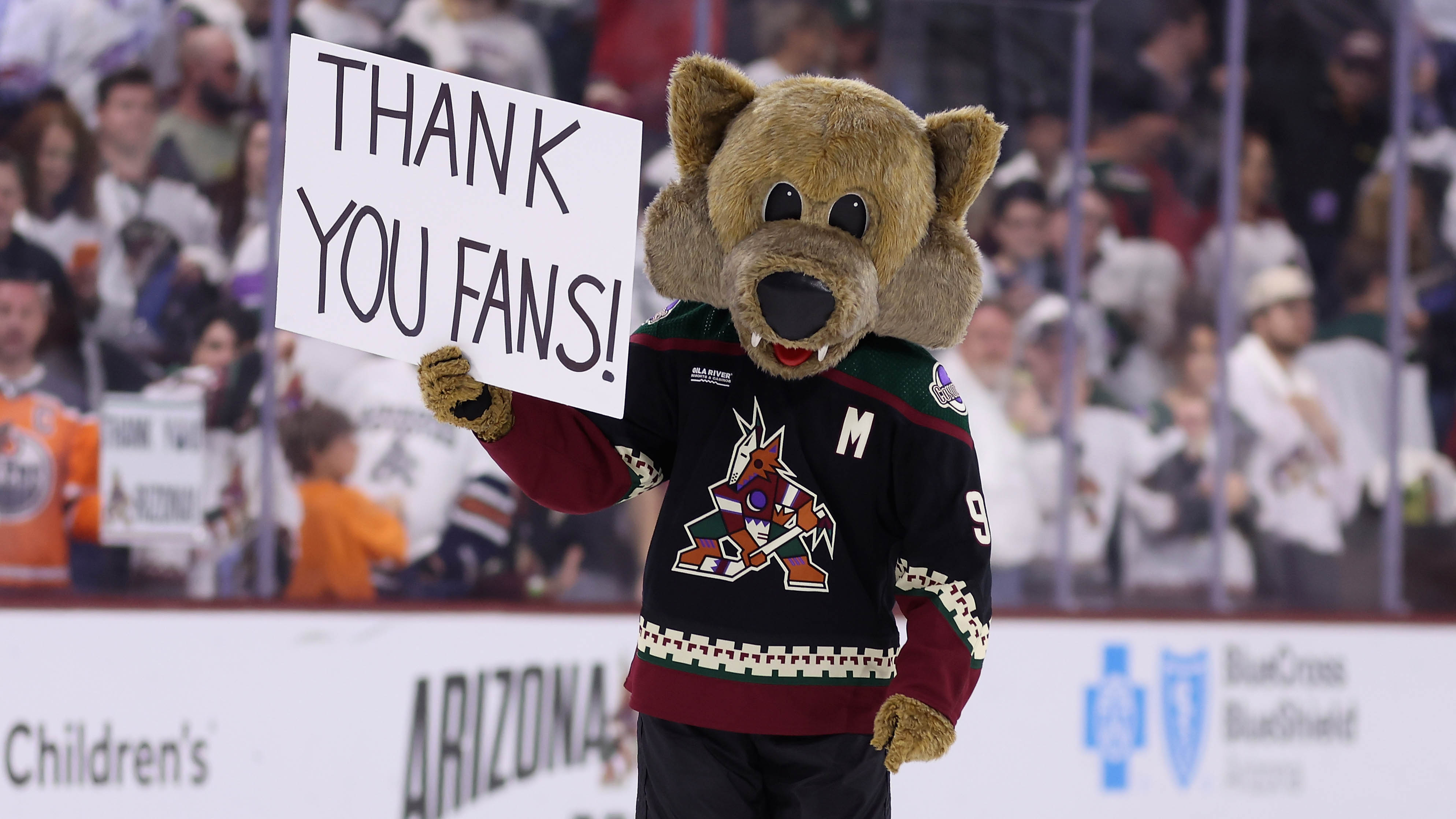Apparently, Chicago Blackhawks GM Stan Bowman’s appetite for bringing back former players wasn’t whetted adequately by bringing back goaltender Nikolai Khabibulin, because on Thursday night, Bowman traded for forward Kris Versteeg from the Florida Panthers, in exchange for prospects Jimmy Hayes and Dylan Olsen.
The move came as a bit of a shock to Hawks fans, but was largely met with cheers from those who remember Versteeg’s tenure with the Hawks during their 2010 Stanley Cup championship run. The winger was a crucial component of the team’s third line along with Andrew Ladd and Dave Bolland, and he made several big plays in helping the team win that title, including this one:
Unfortunately for Versteeg, his time in the Windy City was cut short by the contract he signed after the team reached the Western Conference Finals in 2009. That deal was worth more money because then-GM Dale Tallon didn’t get the players’ qualifying offers into the league office in time, and so he ended up having to spend more money to retain guys like Versteeg than he otherwise would have as restricted free agents.
With that deal hanging around his neck, Versteeg was traded for the second time in his career (he was acquired by the Hawks via trade from the Boston Bruins), this time going to the Toronto Maple Leafs in a deal that netted Chicago Viktor Stalberg and two other prospects. Later that season, Versteeg was traded again, this time to the Philadelphia Flyers, and after the season, he was traded AGAIN, this time to the Panthers.
Thursday’s trade back to the Windy City marks the fifth time in Versteeg’s career that he has been dealt, but it also raises a simple question: why did the Blackhawks re-acquire a guy that is making $4.4 million a season through the end of the 2015-16 season? Sure, the Hawks are only responsible for $2.2 million of his cap hit during that time (under the new CBA, teams are allowed to hold onto some of the salary cap hit on contracts to sweeten trades), but with an overflow of forwards capable of playing top six minutes, what’s the point of bringing in a guy that is going to be making second line money to play bottom-six minutes?
The answer to those questions rests in the fates of several players. Head coach Joel Quenneville has never been the biggest fan of Jeremy Morin, and his demotion to the Rockford IceHogs on Thursday underscores that point. That move leaves an opening for Versteeg to fit into on the third line, and he will likely fit in nicely with Bryan Bickell and Andrew Shaw in that slot.
In addition to replacing Morin on the third line, Versteeg’s presence in the lineup will also allow the Hawks some flexibility in various areas. For starters, Versteeg will be able to play some minutes on a penalty killing unit that is one of the worst in the NHL this year, and has been struggling to find a guy to consistently pair with Marcus Kruger. Brandon Saad has been doing a good job of it during his time on the PK, but Versteeg will likely see a bigger share of minutes in that role as Saad continues to rack up even strength and power play minutes as a member of the second line.
Sports
Also, the Hawks were in need of another veteran for their lineup after they placed Michal Handzus on long-term injured reserve on Thursday to create enough cap space for Versteeg to join the team. Handzus has apparently suffered some kind of setback with the upper body injury that has been hampering him in recent weeks, and the acquisition of Versteeg suggests that it isn’t something that Handzus is likely to come back from any time soon.
Finally, bringing Versteeg back in gives Quenneville exactly the kind of player that he loves to plug into the third line winger spot. Back-checking and aggressive defense are both facets of the game that Quenneville looks for in a player, and during his time with the Blackhawks, Versteeg showed both of those abilities in spades.
Much like Michael Frolik did when asked to assume a role on the penalty killing unit, Versteeg put aside his own ambitions of being a top-six forward and did what was best for the team in doing the not-so-glamorous defensive work assigned to a bottom-six guy, and Quenneville likely didn’t forget that willingness to adapt when the possibility of re-acquiring the forward was brought to his attention.
It is the combination of all of those factors that led the Hawks to bringing Versteeg back into the fold, and it will be interesting to see if the change of scenery can restart his somewhat lackluster season. If he can return to the form that he displayed late in his first stint with the Blackhawks, Versteeg could represent an embarrassment of riches for a Hawks team that is loaded up for a potential Stanley Cup repeat, and that would be bad news for the rest of the NHL.



